Do You Send an Invoice Before or After Payment? Invoice Timing Explained

An invoice is sent first in order to notify a client that payment is required. Payment is issued upon receipt of the invoice.
Here’s What We’ll Cover:
When Should You Issue an Invoice?
How Long Do You Have to Pay an Invoice?
What Should Be Included on an Invoice?
When Should You Issue an Invoice?
An invoice should be issued when the vendor (or supplier) has completed a customer’s order. The order could be for products, services, or both.
For a business that’s providing a product, usually an invoice will be generated shortly after delivery.
In a service-oriented business, the invoice is generated after that service has been provided. However, best practices would be for the business to follow up with the client first, to ensure the customer is satisfied. Let’s give an example.

Larry’s Lighting has been contracted to not only deliver a new lighting system for Richard’s Restaurant, but to install it as well. The technician finishes the order, then checks in with Richard. Richard is thrilled with the job. The technician returns to his home office, consults with his supervisor, who then informs the accounting department that their work is done and they should send Richard’s Restaurant an invoice. This is so that Larry’s Lighting can get paid.
But let’s say the technician did not check in with Richard for feedback. Richard is actually unhappy with the work, and when he receives the invoice he complains. Some time has been lost here as management must now get involved. Maybe a discount is offered, but that means the invoice must now be modified and reissued. This delays payment to Larry’s Lighting by a month.
For more information on invoicing, you can refer to our guide on When to Issue Invoice. This guide provides insights on when and how to invoice, as well as mistakes to avoid while invoicing.
Why Is an Invoice Needed?
An invoice is important for the client or customer receiving it because it notifies them that a payment is due and what the amount is. An invoice is also known as the “bill”.
Invoices are important for the business generating them because it prompts the payment process. In addition, invoices are also a valuable financial tool for tax purposes as it can show the government that a business has correctly reported its income.
How Long Do You Have to Pay an Invoice?
Payment terms are determined by the seller of the product or service. Usually they are “net 30 days”, “60”, “90” or “due upon receipt”.
This is an area of concern for most small businesses as often clients have their own terms for paying vendors, and they may not align.
Let’s give an example.
Jimmy Jones runs a small business providing some very specific electronic components that can only be used on airplanes. Typically, he caters to small jet aircraft companies but the technology can be used on any type of airplane. A national airline he hasn’t done business with before contracts him to deliver 500 of these components. Once Jimmy does, he sends in an invoice. His payment terms are always net 30 days, yet the airline will not pay for 90 days. Jimmy’s in a quandary because as a small business he needs to pay his own vendors and cannot wait that long.
To avoid such situations, it’s best for a small business to clarify when to pay an invoice immediately after a product request is made. There were a number of ways Jimmy could have done this. He could have asked for a partial payment immediately, payment in full on delivery, or taken steps to ensure that the airline’s accounting department will meet his 30-day payment requirement by specifying that on the airline’s purchase order.
What Should Be Included on an Invoice?
A proper invoice should include:
Date
This is the date the invoice was generated.
Invoice Number
This is a unique number that is generated with each invoice. A client will reference this number when making payment. Doing so will also allow the vendor’s accounting department to know what the payment is for.
Many companies will not accept an invoice without an invoice number, as it also helps them to track payments.
Vendor Contact Information
This is the contact name at the company issuing the invoice. This information should also include the company name, address, phone number and email.

Client Contact Information
This should include the name of the person who ordered the product or service, company name, address, phone number and email.
Purchase Order Number
This is a unique number generated by the client to authorize this specific transaction. Including it here shows that the purchase of the product or service was pre-approved. For more on purchase orders, check out “How Purchase Orders Work”.
Description of Products/Services + Quantities
This is a description of the products or services that was delivered or provided, along with the amounts.
Subtotal
This is the total charge when products and services, plus their quantities, are added up.
Taxes
Applicable Taxes need to be applied.
Total
A Grand Total.
Payment Terms
This is a notification of when a company is expecting to get paid, for instance “net 30 days” means payment is due within 30 days time to the vendor.
Late Fees
If the business charges late fees for a client not meeting the payment terms, that information should be included here. Late fees are either a flat rate or a percentage of the amount owing. For a detailed explanation of the calculation and the process of charging late fees, please refer to our post titled How Much Can I Charge for Late Payment of Invoices.
Payment Options
Some businesses will supply details on how they can get paid – PayPal, credit card, check or other. The client can then select one that is convenient for them.
RELATED ARTICLES

 Invoice Payment Methods For Small Business: How to Get Paid Faster
Invoice Payment Methods For Small Business: How to Get Paid Faster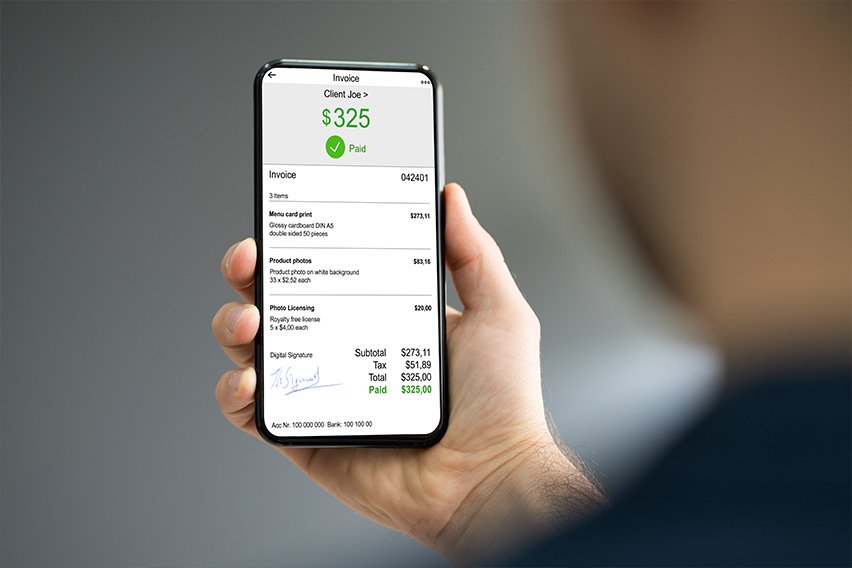 How Partial Payment Invoice Helps to Get Paid Upfront Payments
How Partial Payment Invoice Helps to Get Paid Upfront Payments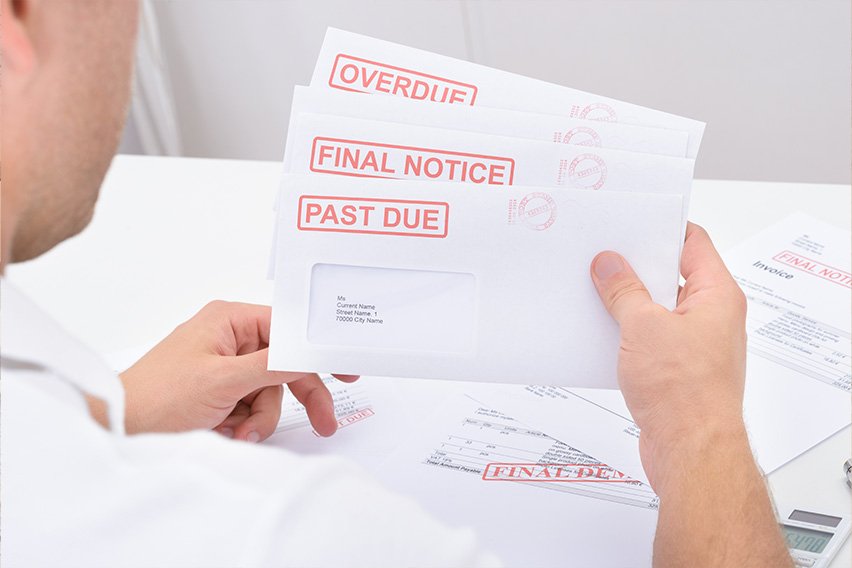 How to Collect Money from Clients Who Won’t Pay
How to Collect Money from Clients Who Won’t Pay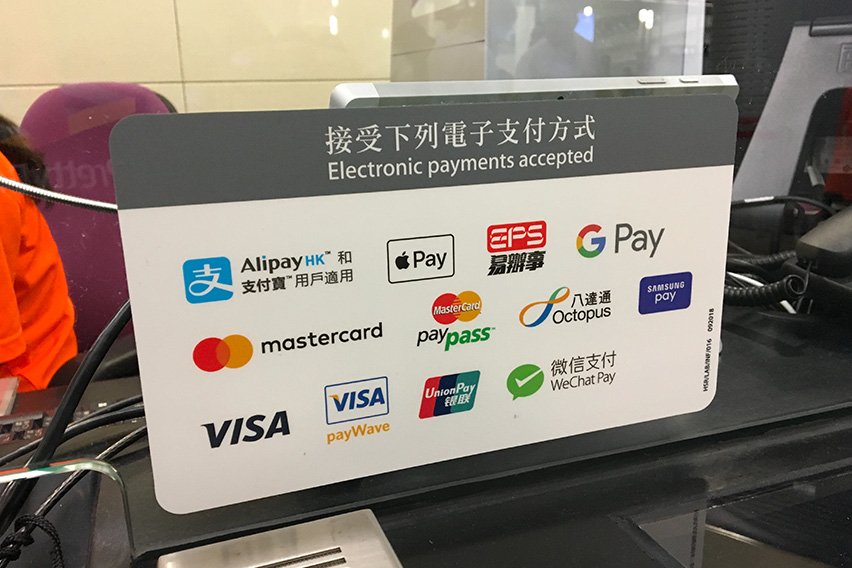 How to Set Up Automatic Payments for Your Business
How to Set Up Automatic Payments for Your Business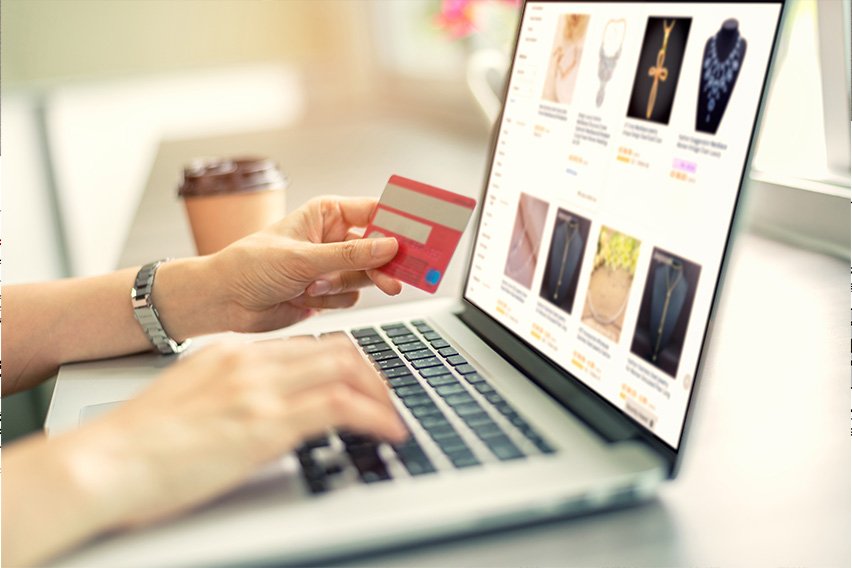 Online Payment Methods For Small Businesses: How to Choose
Online Payment Methods For Small Businesses: How to Choose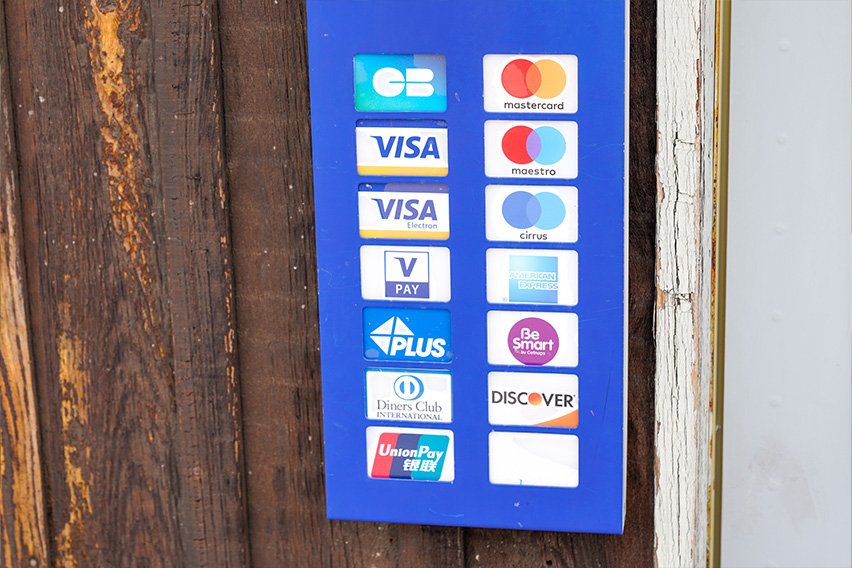 Invoice Payment: What It Is, Effective Methods and Tips
Invoice Payment: What It Is, Effective Methods and Tips